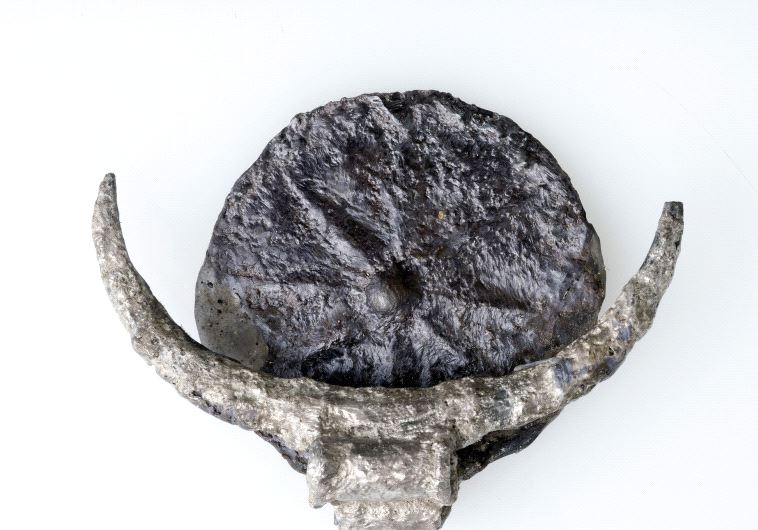Prehistoric silver jewelry in Oman tomb evidence of early regional trade
The jewelry includes parts of necklaces with beads, spacers, and silver rings from the Umm-al Nar culture’s zenith.
 Medallion consisting of a Silver disc with an engraving of a Eight pointed star(photo credit: CLARA AMIT/IAA)Updated:
Medallion consisting of a Silver disc with an engraving of a Eight pointed star(photo credit: CLARA AMIT/IAA)Updated: